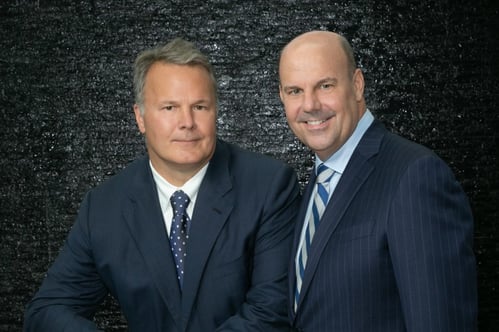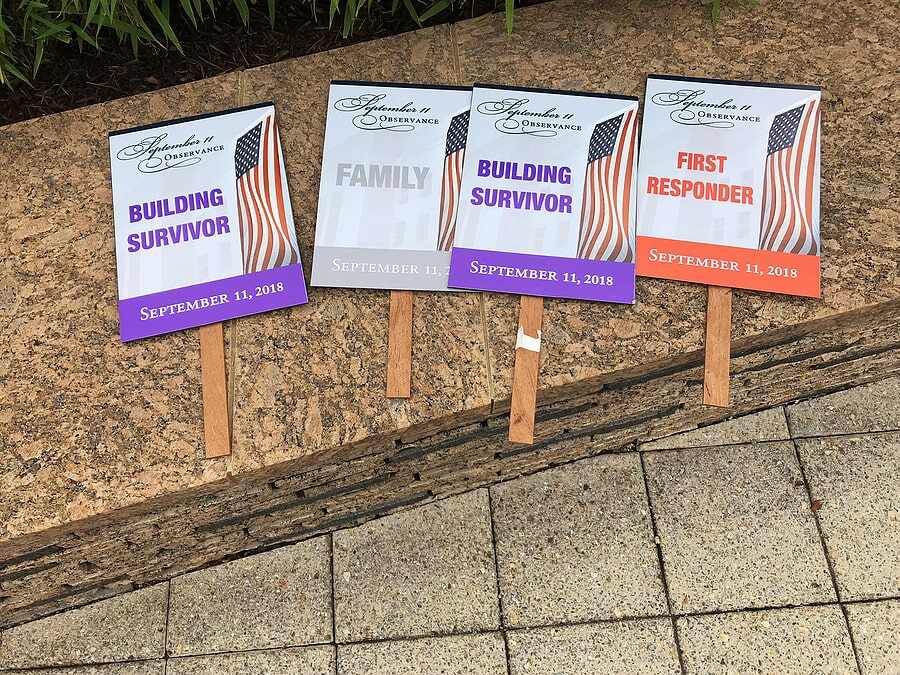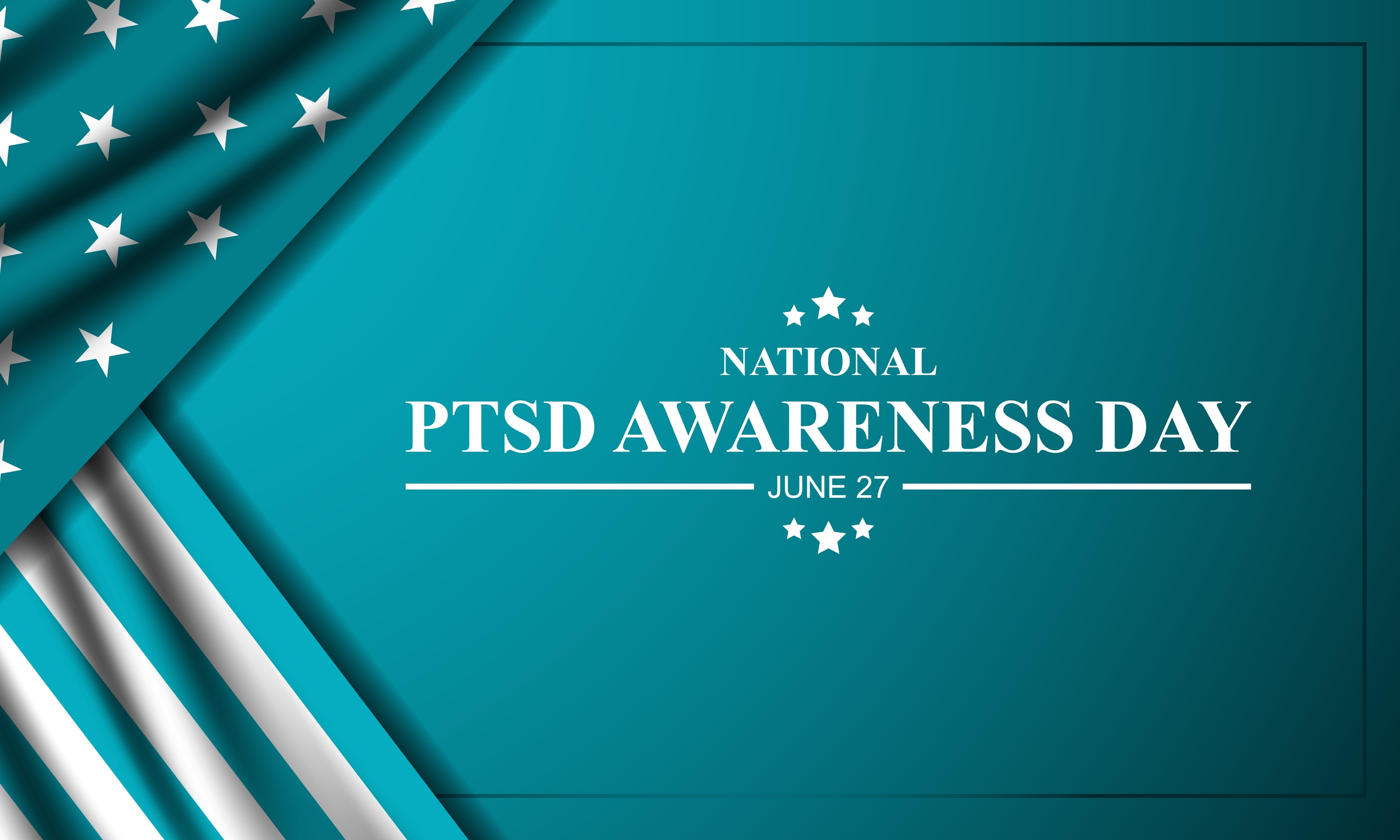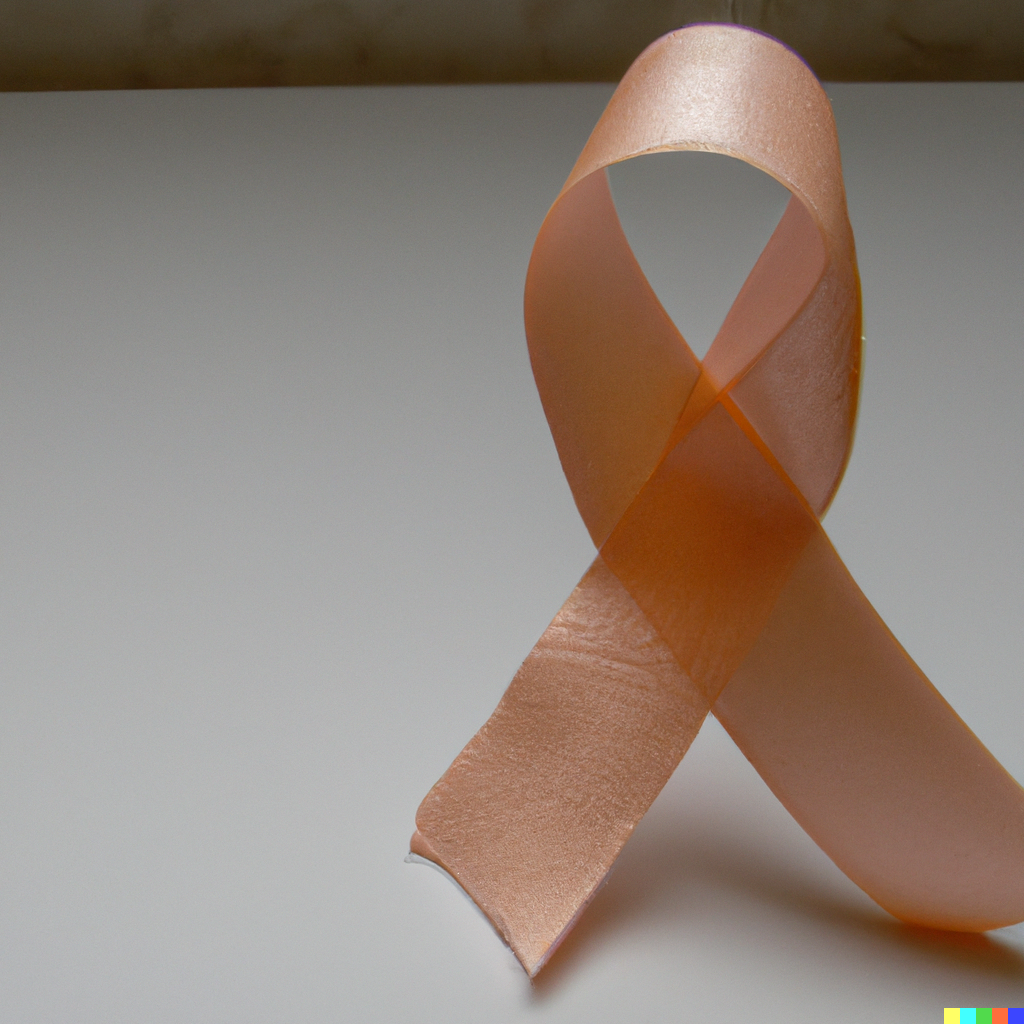An Overview of September 11th Statistics

Thousands of people died on September 11, 2001, in the terrorist attacks at the World Trade Center in Lower Manhattan, at the Pentagon, and in Shanksville, Pennsylvania. Hundreds of thousands more suffered physical and emotional harm as a result of the disaster. There has never been a deadlier attack in U.S. history, and the federal government has committed to providing compensation, health care, and medical monitoring for individuals impacted by the attacks until 2090.
Read on for statistics about the attacks and information about participation in the 9/11 benefits programs that help victims and their families. If you need assistance with obtaining 9/11 Victim Compensation Fund (VCF) benefits, medical treatment, and health monitoring through the WTC Health Program, or if you would like to explore other avenues of seeking compensation after a 9/11-associated diagnosis, Contact an experienced 9/11 benefits claims attorney for a free consultation about your rights and options. Schedule a free consultation today online or by phone at 855-353-4907.
Attack-Related Deaths on 9/11/2001
Here are some statistics about deaths caused directly by the terror attacks on September 11, 2001, at the World Trade Centers, Pentagon, and in Shanksville, Pennsylvania:
- Around 2,606 people in the North and South Towers of the World Trade Center died in the airplane attacks and subsequent towers collapse. This includes 2,192 civilians, including paramedics and EMTs from private hospital units, 343 members of FDNY, 71 law enforcement officers including 23 members of the NYPD, 37 members of the Port Authority Police Department, five members of the New York State Office of Tax Enforcement, three officers of the New York State Office of Court Administration, and the fire marshal from FDNY, a member of the FBI, and a member of the United States Secret Service.
Facts About the World Trade Center
According to the National Commission on Terrorist Attacks Upon the United States, the Port Authority of New York and New Jersey built the World Trade Center, with construction beginning on the 16-acre, seven-building site in 1966. The first occupants of the complex began moving into the completed complex in 1970. The twin towers, known as WTC 1 (North Tower) and WTC2 (South Tower), contained 10.4 million square feet of office space, and each building was 1,350 feet tall. An underground mall connected the buildings.
Each tower had three central stairwells and 99 elevators. On any given workday, about 50,000 employees occupied the buildings and another 40,000 people visited them.
In 1993, terrorists detonated a 1,500-pound bomb in a rental van on the parking garage ramp between the buildings. This attack killed six and wounded 1,000. Law enforcement helicopters rescued several injured individuals in the 1993 attack who could not make it down the stairs. Unfortunately, eight years later, when 9/11 occurred, the memory of the helicopter rescues from this initial attack caused many workers to head up the stairs instead of down, under the mistaken hope of a rooftop rescue.
What Was in the Toxic Dust Plume at the World Trade Center?
Immediately following the attack and collapse of the North and South Towers, thick dust blanketed Lower Manhattan. The dust remained at the site during the next several months of rescue, recovery, and cleanup operations.
According to Scientific American, the dust plume—which caused or contributed numerous health problems for those who survived the initial attack—was found to contain:
- 91,000 liters of jet fuel
- 10 million tons of building materials
- Gypsum used in drywall and other building materials
- Particle aggregate contained in building materials
- Insulation fiber
- Asbestos used in flame retardant
- Metal particles, including copper, titanium, and iron
- Glass fibers
- Calcium carbonate, which is a residue of cement
- Lead, which is used to make electric cables flexible
- Polychlorinated biphenyls (PCBs) used in electrical transformers
- Cellulose from paper products
- Synthetic molecules from the rugs that were inside the buildings
People in the WTC Disaster Area
The collapse of the World Trade Center towers directly exposed more than 500,000 people to the toxic dust plume, including:
- 91,000 rescue and recovery workers and volunteers
- 57,000 residents living south of Canal Street on the day of the attack
- 15,000 children and staff at schools and daycares located south of Canal Street
- 360,000 building occupants, passers-by, and people in transit
Participants in the WTC Health Registry
The WTC Health Registry is the largest registry in the world used to track the long-term health of people exposed to the dust plume in Lower Manhattan. Enrollment in the registry was voluntary to participants and began in 2003 when participants answered the Wave 1 survey. More than 71,400 people volunteered to participate.
According to responses to that survey:
- 70 percent of the enrollees witnessed traumatizing events on September 11, 2001. Of those, 53 percent witnessed people running away from the dust cloud; 47 percent witnessed people running away from collapsing buildings; one-third of the enrollees witnesses someone else become injured or killed in the attack; 29 percent witnessed individuals jumping or falling from the buildings, and 29 percent witnessed an airplane hitting one of the towers.
- Slightly more than half of the enrollees reported being caught in the dust plume on 9/11 or in the months that followed.
- 13 percent of all enrollees suffered a physical injury on 9/11.
- 61 percent of area residents and 83 percent of building occupants in the disaster area were evacuated from their homes or offices after the attack. Nine percent returned as early as two days later.
Number of Survivors and Responders Treated Through the WTC Health Program
In 2011, the James Zadroga Health and Compensation Act of 2011 began providing medical care and monitoring for individuals who had been exposed to the toxins at the attack sites and had suffered illnesses linked to that exposure, including cancer and respiratory ailments. As of September 2020—a full 19 years after the attacks—the WTC Health Program reported that more than 125,000 people—including 79,000 first responders—had enrolled in the program. At least 18,000 of them had been diagnosed with cancer.
Participants in the VCF
The September 11th Victim Compensation Fund (VCF) is a federal program that originally provided compensation to any individual who had lost a loved one or had suffered physical harm in the 9/11 attacks. The original VCF ran until 2004. In 2011, the same law that created the WTC Health Program—the James Zadroga Health and Compensation Act—also reauthorized funding for the VCF and expanded its availability to victims who had suffered illnesses linked to the dust plume.
Recently, Congress passed additional legislation guaranteeing funding for the VCF and the WTC Health Program through October 2090.
- The VCF paid over $7 billion in claims between September 11, 2001, and 2004 to individuals who had suffered injuries in the attacks and families that had lost loved ones. In all, the families of more than 2,880 people who died were compensated, along with 2,680 people who were injured.
- Congress appropriated $7.375 billion more to compensate additional victims and their families between 2011 and the end of 2020. That funding paid compensation to more than 22,000 more claimants.
- Around 8,000 determinations are made on claims each year.
- Each month, more than 10,000 letters go to claimants and their families.

Experienced Attorneys Can Provide 9/11 Benefits Assistance
20-years on, long-term health complications linked to the World Trade Center dust plume and other toxic exposures connected to 9/11 continue to plague the lives of thousands of victims and their families.
The VCF and WTC Health Program exist to address and alleviate that suffering, but they’re not always the easiest programs to navigate. Many victims and families find that working with an experienced 9/11 benefits claims attorney simplifies and speeds up the process of getting the compensation and health care they deserve.
An attorney who understands the workings of the federal 9/11 benefits programs can, for example:
- Assist individuals in registering for health monitoring and treatment through the WTC Health Program, including by assisting them in proving that they have a qualifying health condition that entitles them to benefits.
- Collect and organize evidence necessary for claimants to obtain compensation from the VCF, including documentation of exposure to 9/11 toxins and qualifying health conditions that entitle victims and families to payments.
- Prepare and file VCF claims and respond to VCF requests for additional information to substantiate a claim.
- Appeal adverse claims decisions and represent claimants in administrative and other legal proceedings seeking to overturn or revise those decisions.
- Answer questions about qualifying for the VCF, WTC Health Program, and other means of compensation for harm suffered in the 9/11 attacks.
It does not cost victims and families of victims anything to speak with an experienced 9/11 claims attorney about their eligibility for 9/11-related benefits, and most of the time attorneys get paid a 10% legal fee out of the funds they are awarded from the VCF on a victim’s behalf. There is never a fee to simply register a claim with the VCF or to secure lifetime healthcare coverage and benefits from the WTCHP.
For a free consultation, contact an experienced, knowledgeable 9/11 benefits claims attorney today.



